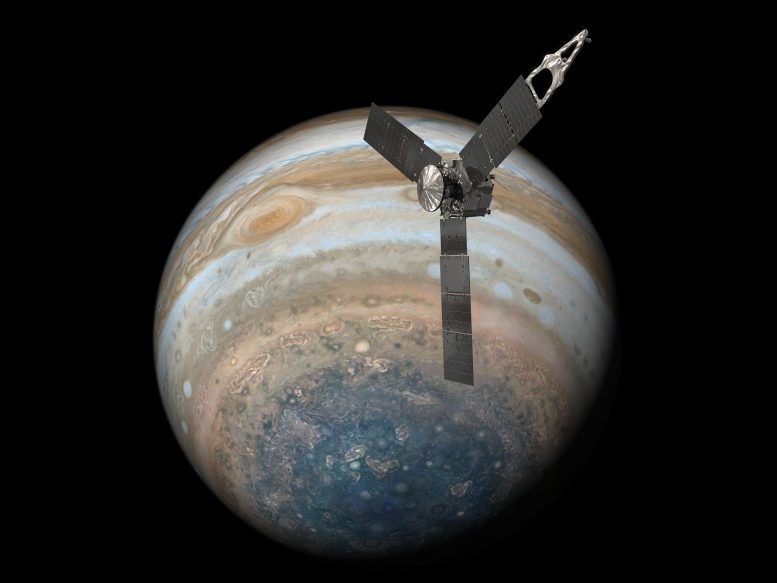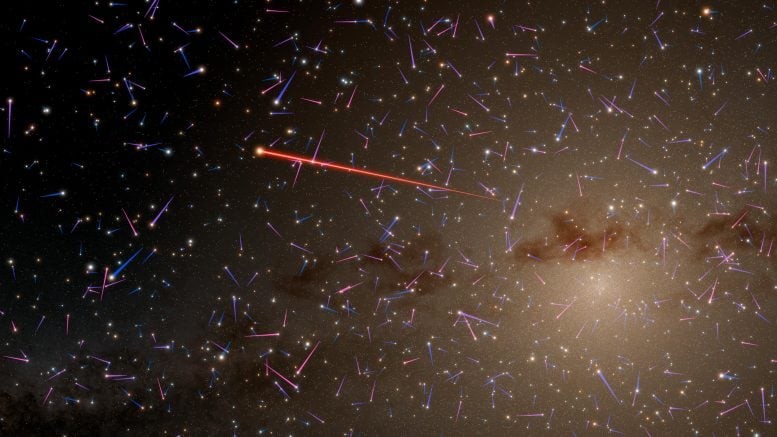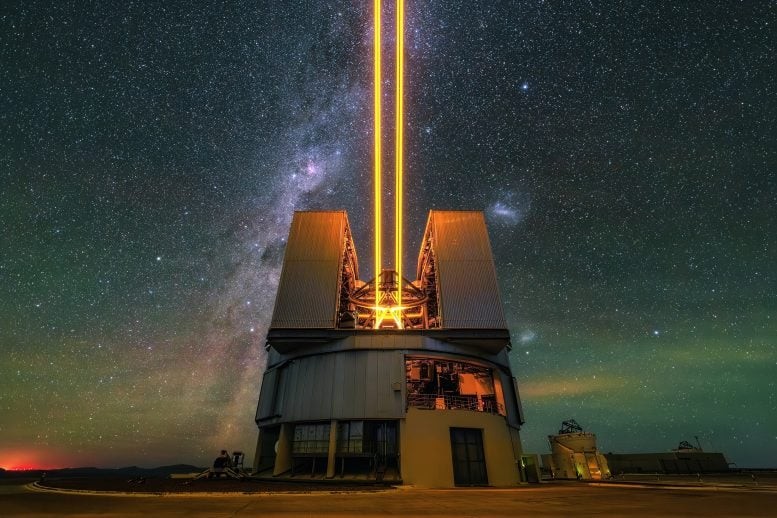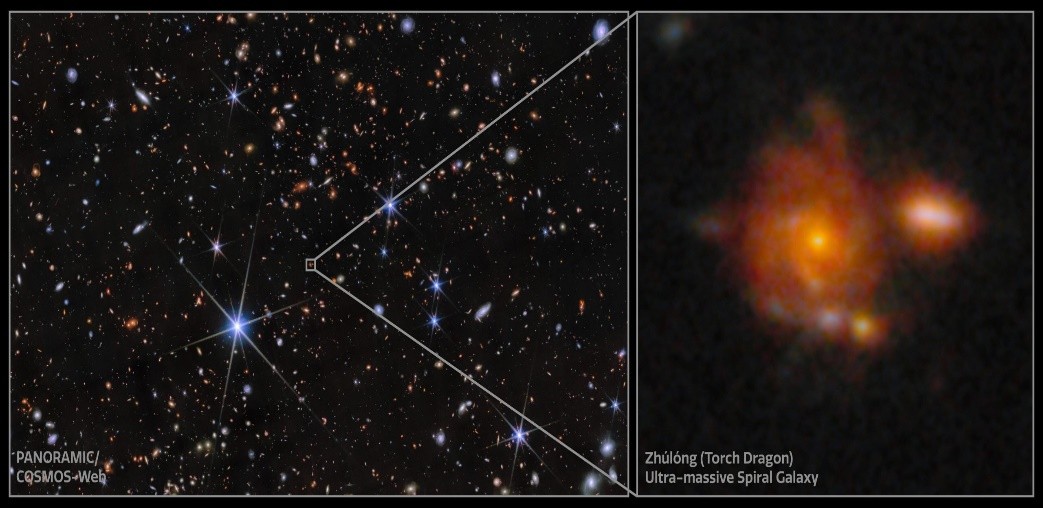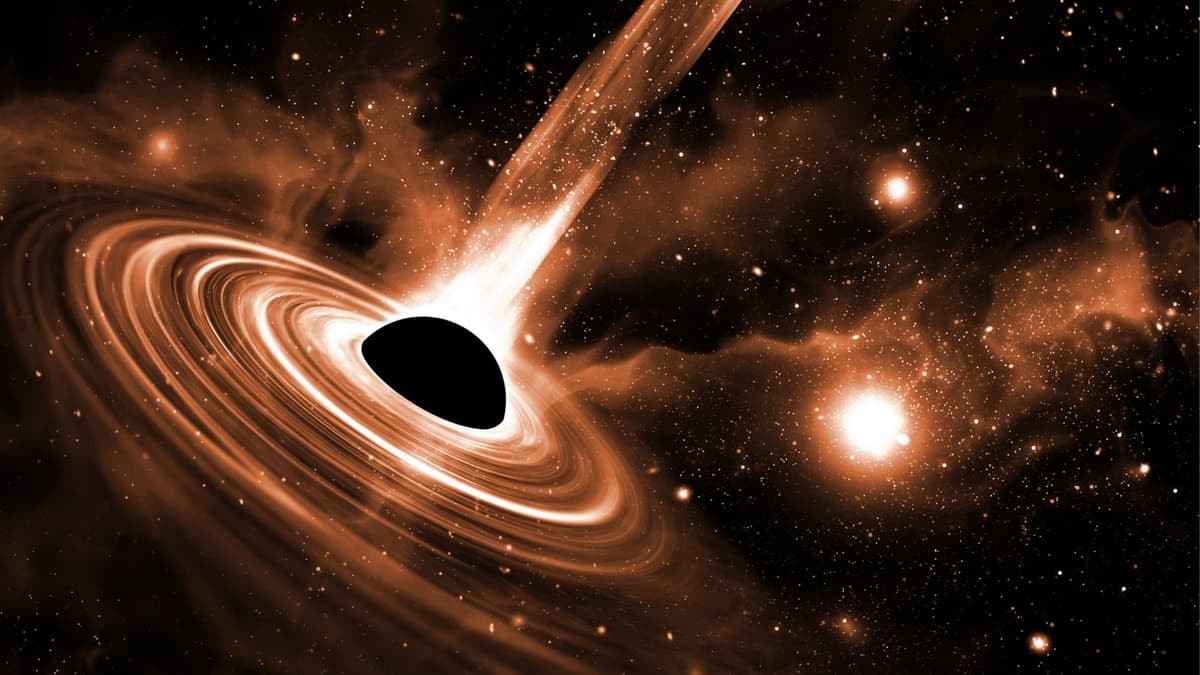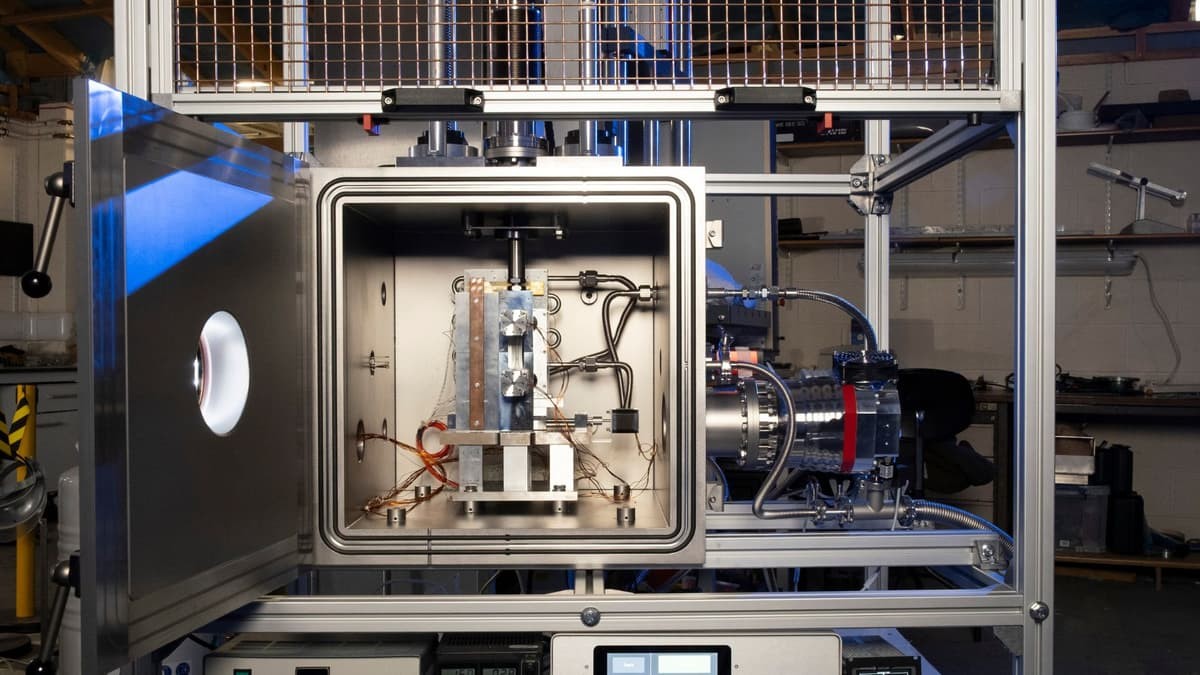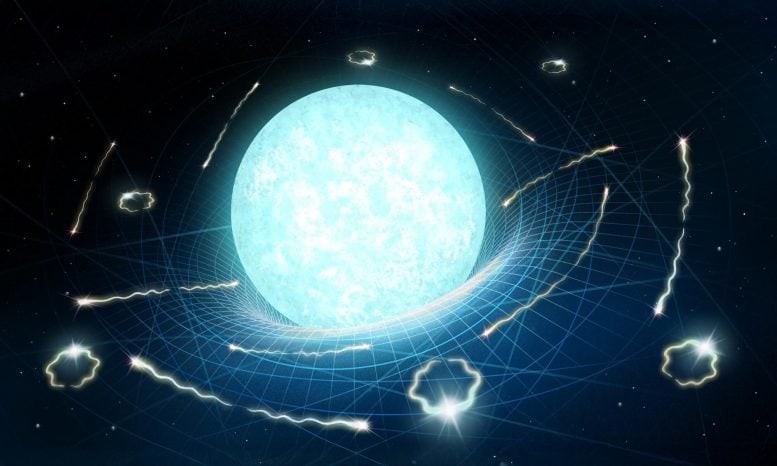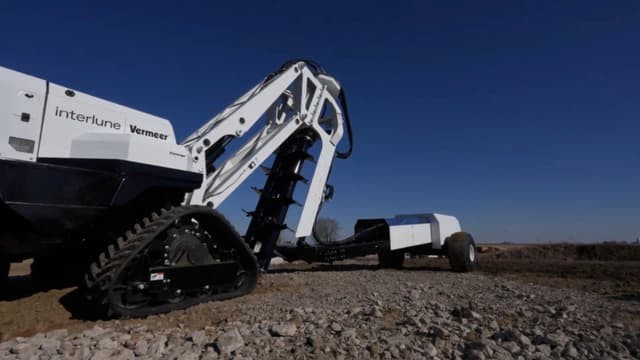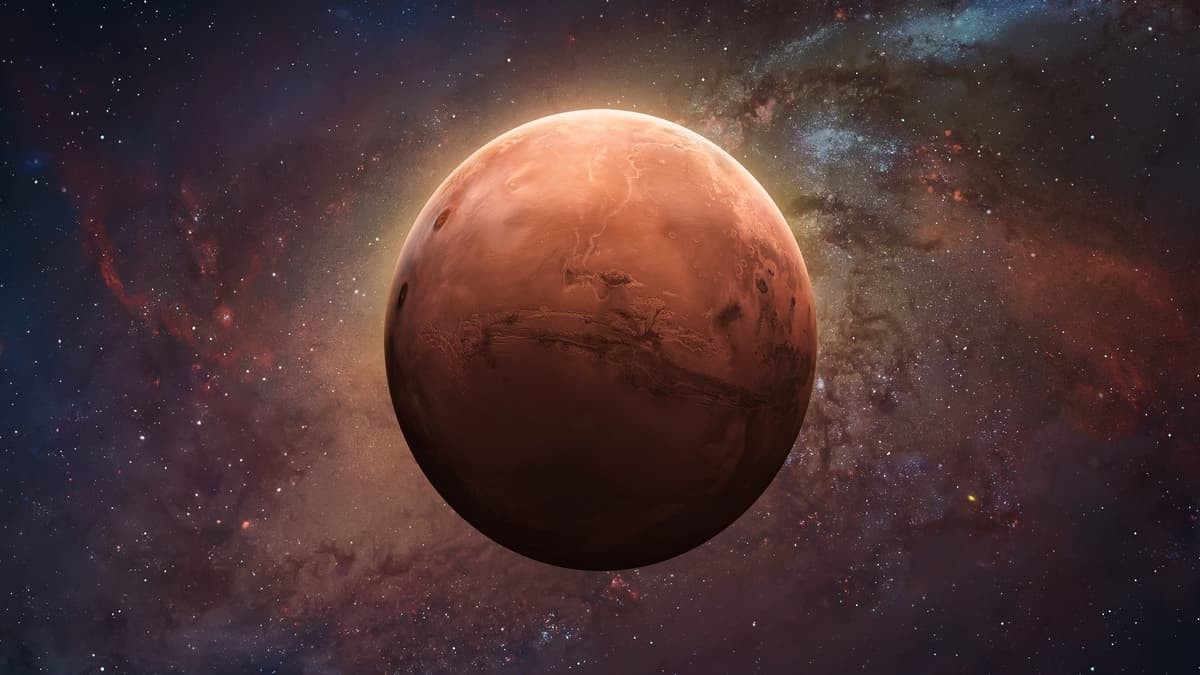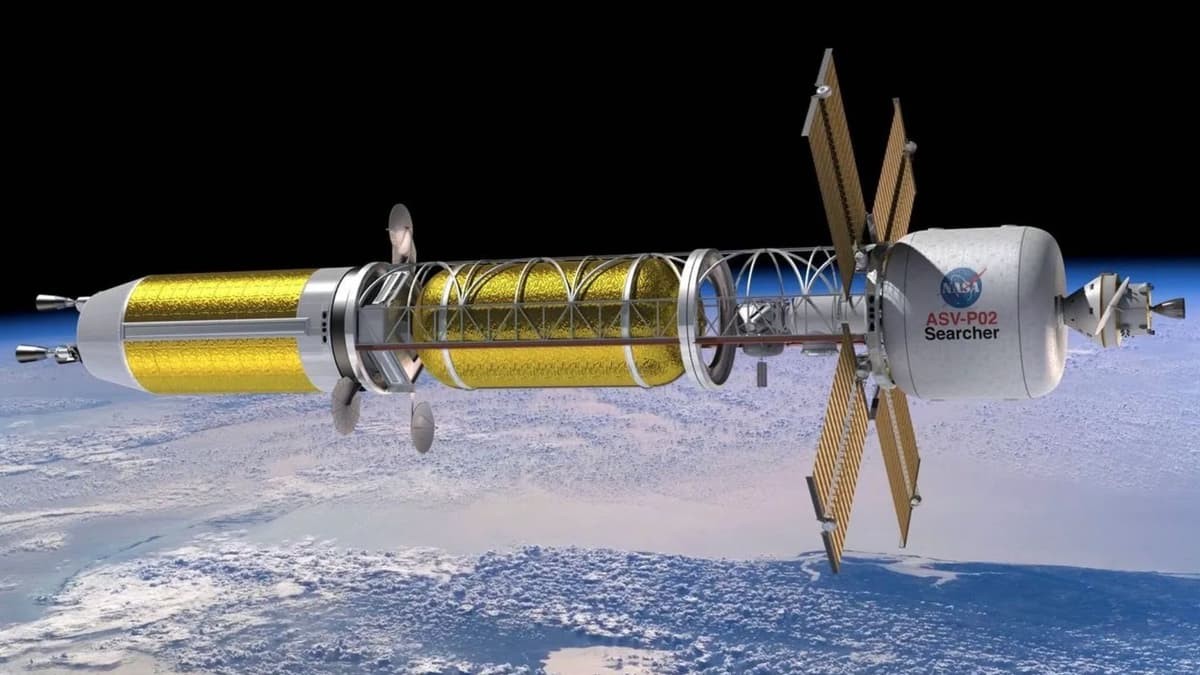Alien Earths Abound: How Starlight Uncovered a Universe of Hidden Worlds
Super-Earths Abound: Microlensing Study Unveils Hidden Worlds Across the Cosmos
Super-Earths—rocky planets larger than Earth—are far more common than once believed, according to a landmark microlensing study using the Korea Microlensing Telescope Network (KMTNet). This discovery sheds new light on the diversity and distribution of planets in our galaxy.
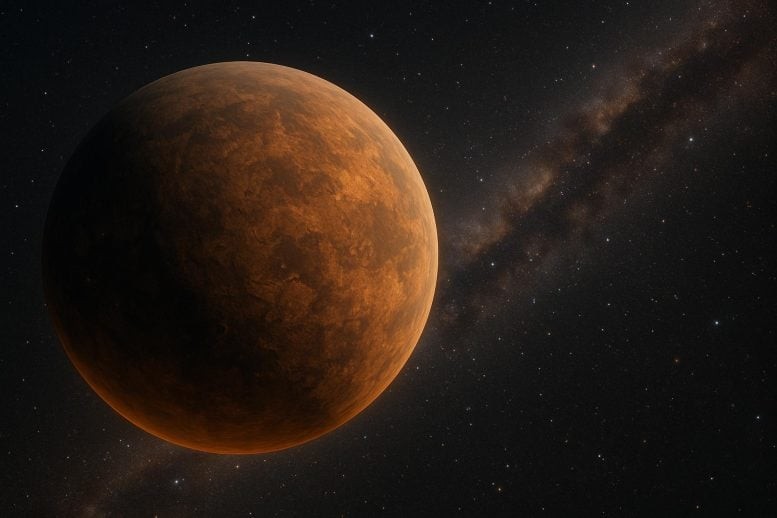
Figure 1. Starlight Uncovered a Universe of Hidden Worlds.
Using rare cosmic alignments, astronomers observed subtle light distortions caused by distant planets passing in front of stars. These microlensing events revealed not only new worlds but also offered insights into how planetary systems form and evolve.
Uncovering Distant Planets
By analyzing data from KMTNet, researchers found that super-Earths often orbit far from their stars, much like Jupiter or Saturn in our own solar system. "We’ve shown that for every three stars, there may be at least one super-Earth in a wide orbit," said Andrew Gould, study co-author and professor emeritus at The Ohio State University.
New Patterns in Planet Formation
While it was already known that small planets are more common than gas giants, the study uncovered unexpected patterns in their distribution. The team identified two broad classes of exoplanets: smaller super-Earths and Neptune-like bodies, and larger gas giants. Understanding the ratio and location of these planets helps refine theories of planetary evolution.
How Microlensing Works
Microlensing leverages gravity’s effect on light to spot distant planets. When a foreground star passes in front of a background star, it bends and magnifies the light, revealing the presence of orbiting planets [1]. Through this method, the team discovered OGLE-2016-BLG-0007, a super-Earth with a mass about twice that of Earth and a wide orbit exceeding Saturn’s.
Global Team, Global Tools
The study—led by researchers in China, Korea, and the U.S.—was recently published in science. By comparing their observations to planet formation simulations, the team explored competing theories like runaway gas accretion and gravitational instability. However, the data was not yet conclusive on which dominates.
Rare but Revealing Events
"Finding a microlensing event with a planet is incredibly rare," said co-author Richard Pogge. "It requires monitoring hundreds of millions of stars." Despite the rarity—only 237 exoplanets have been found this way—the KMTNet’s three custom-built telescopes in South Africa, Chile, and Australia are revolutionizing the search.
Ohio State’s Imaging Sciences Laboratory played a key role by designing the KMTCam, the powerful camera system that enables KMTNet’s work. With continued technological advances and global cooperation, researchers are steadily piecing together the story of planetary formation across the universe.
“We’re like cosmic paleontologists,” said Pogge. “Reconstructing both the universe’s history and the laws that shaped it is deeply rewarding.”
Reference:
- https://scitechdaily.com/alien-earths-everywhere-how-cosmic-light-revealed-a-universe-of-hidden-worlds/
Cite this article:
Keerthana S (2025), Alien Earths Abound: How Starlight Uncovered a Universe of Hidden Worlds, AnaTechMaz, pp.376


